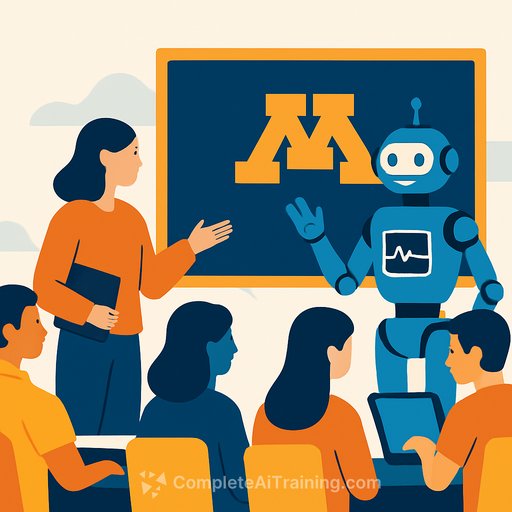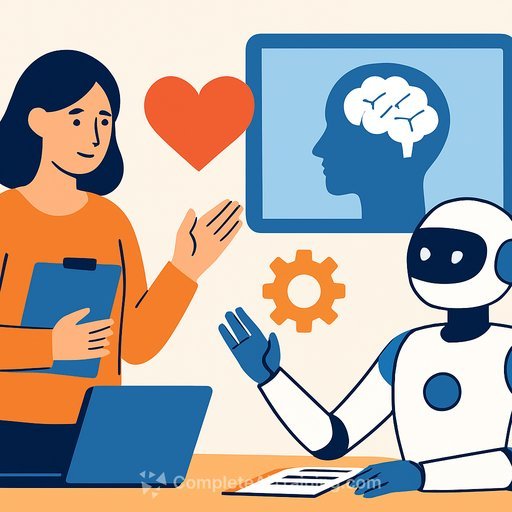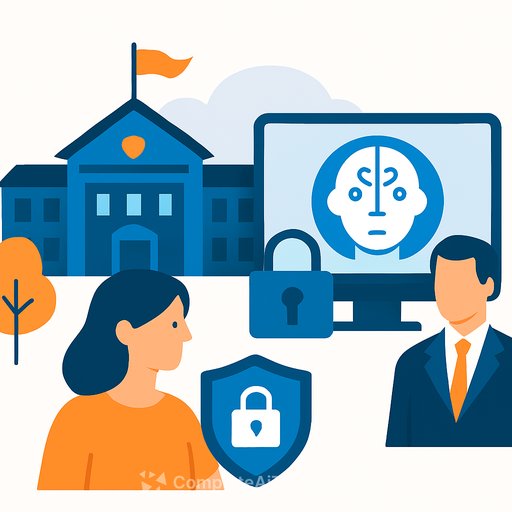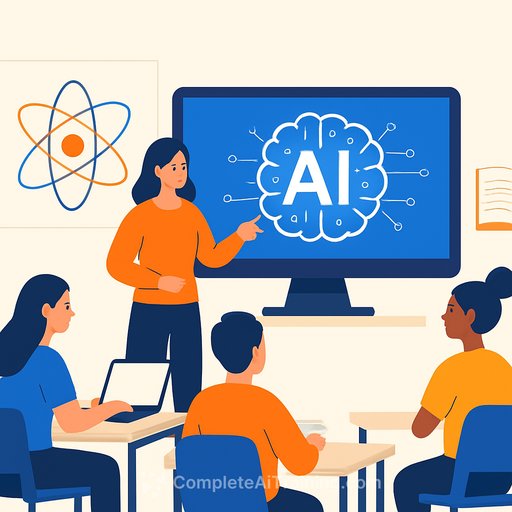Talking AI and the Future of Education with the University of Minnesota
As generative artificial intelligence (AI) gains traction, it raises key questions about how education might shift. Many students have already used tools like ChatGPT over the summer—for writing emails, learning new skills, or exploring topics. George Veletsianos, a professor in the College of Education and Human Development at the University of Minnesota, offers insights on how these technologies affect teaching, learning, and what lies ahead for education.
What are the impacts of AI in schools?
After two decades studying educational technology, Prof. Veletsianos advises caution against dramatic claims. AI won’t suddenly transform education. Schools will still have teachers, classes, and homework, but behind the scenes, AI will bring small, meaningful changes. Students might turn to AI when stuck, courses could be translated instantly, and teachers may customize lessons more easily.
Think of AI like GPS. It didn’t replace driving, but it changed how we find our way. Similarly, AI could change how students learn and access information without replacing traditional education. Some learners might work one-on-one with AI tutors, much like they use YouTube or online forums now. However, broad, system-wide change is unlikely anytime soon.
What’s the biggest misconception about generative AI in education?
The biggest misunderstanding is seeing AI in extremes: either as a magic fix for all educational problems or as a dangerous threat. The truth is somewhere in between. AI won’t fix every issue, nor will it destroy education. History shows new technologies often don’t meet their initial hype. For example, online courses promised free elite education but mainly benefited those already with degrees. iPads mostly replaced textbooks instead of changing learning deeply.
Likewise, AI will become part of classrooms. Students will get help with writing and research, and teachers might use AI to assist grading. But the core classroom experience will stay familiar.
What concerns should we have?
AI offers quick answers, but that convenience has a cost. When students skip the effort needed to solve problems themselves, they miss key learning steps. True learning involves wrestling with challenges and figuring things out over time.
Consider this: you can’t become a skilled professional just by reading answers. Whether it’s architecture, design, art, or research, deep expertise comes from working through problems personally. If students always lean on AI shortcuts, they risk losing critical thinking, focus, and the ability to connect ideas independently.
What becomes possible if we use AI wisely?
AI can reduce teachers’ paperwork and help personalize learning. Imagine teachers spending more time engaging with students and less on administrative tasks. Complex topics could be explained through students’ interests, making learning more relatable.
More importantly, AI challenges us to develop skills often overlooked—like critical thinking. If AI-generated content is widespread but sometimes inaccurate, everyone needs to ask:
- Is this information correct?
- What’s missing?
- Are there biases?
These skills are essential. AI also opens the door to revisiting fundamental questions: What is education for? Who should it serve? Real improvements come from working with communities to find solutions that meet their needs, not just adopting technology for technology’s sake.
How does the University of Minnesota support AI in schools?
Prof. Veletsianos teaches and researches in the Learning Technologies program. Graduate students learn to research educational technologies and develop tech-enhanced learning. Undergraduate students prepare to become skilled leaders who responsibly apply new digital tools.
His current research focuses on how students and faculty use—or don’t use—generative AI in learning, teaching, and research. Who uses it, how, and why? The goal is to improve education based on decades of research, not just on the latest trends.
For educators interested in exploring AI tools and courses that support integrating AI into teaching and learning, resources like Complete AI Training offer practical options to build relevant skills.
Your membership also unlocks:





